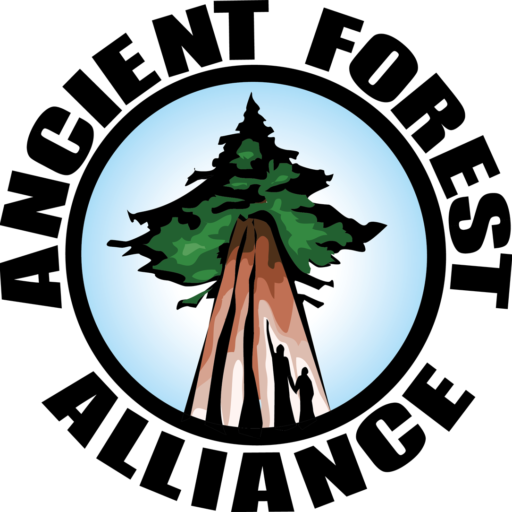Avatar Grove profile on the rise
The environmental advocates with the AFA have worked steadily at publicizing the site of old growth trees they became aware of in late 2009. Some of the cedar and spruce trees located there are reportedly among the oldest and largest on the continent.
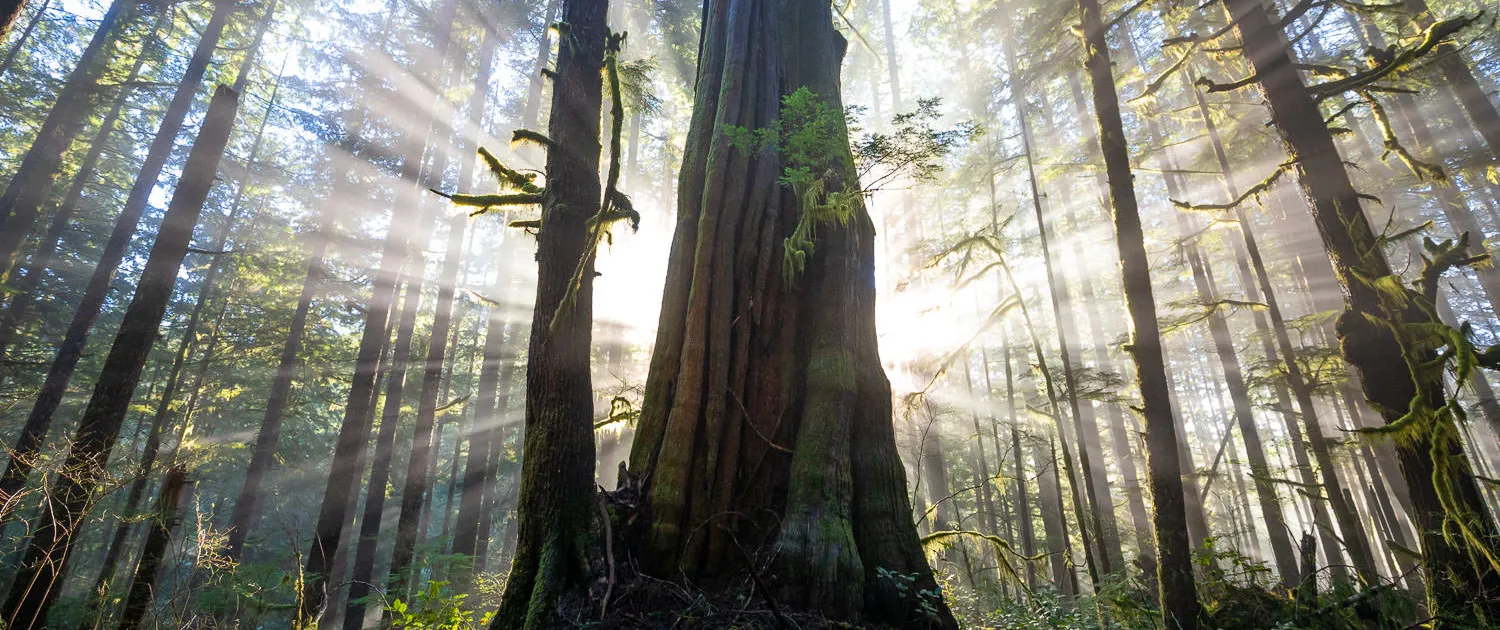
Al Jazeera Reports on Ancient Forest Alliance’s Campaign to Save Old-Growth Forests and the Avatar Grove
Watch the news clip from Al Jazeera, one of the largest TV news networks on Earth that reaches 220 million homes in over 100 countries, who have just featured the Ancient Forest Alliance’s campaign to protect British Columbia’s endangered old-growth forests and the Avatar Grove on Vancouver Island.
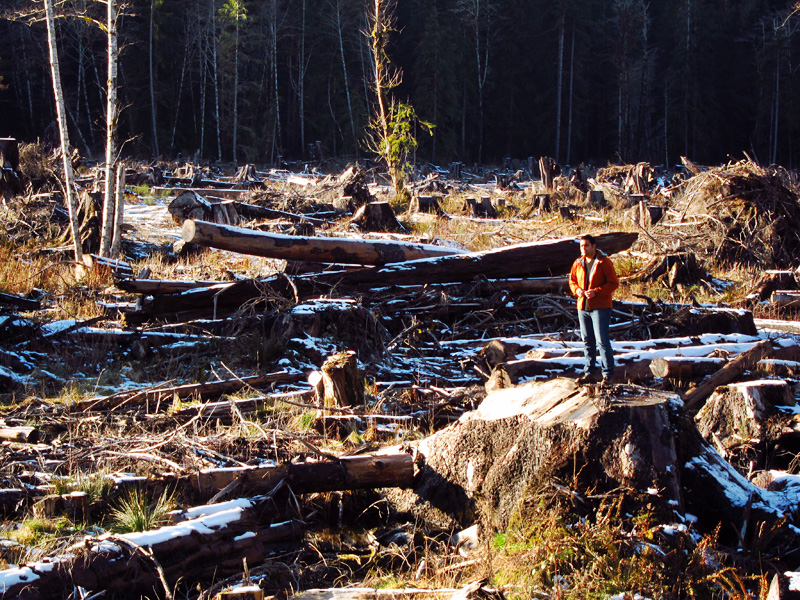
In B.C., Al Jazeera finds a new war to cover
"We're always interested in environmental stories," said al Jazeera producer Jet Belgraver, on the phone from Toronto. The story, which will air Saturday, aims to give global viewers "a bit of a reality check" about B.C. logging practices.
BC’s ancient forests draw Al Jazeera’s gaze
Al Jazeera English is actually available to 220 million homes in more than 100 countries around the world, which is what has local environmentalists excited.
Avatar Grove to be featured on Al Jazeera News Network
Speaking on CFAX 1070 with Dave Dickson Thursday, the Alliance's spokesperson Ken Wu explains how the network found out about Avatar Grove
Al Jazeera to report from front lines of B.C.’s old-growth logging issue
"This will be the biggest international news hit for the old-growth campaign in a long time," Ken Wu of the Ancient Forest Alliance said Thursday. "There is a strong international market for environmental issues, particularly one that is very charismatic."
Old-growth group helping push forest policy changes
Bell’s announcement came on the heels of a similar recommendation released by the Forest Practices Board, an independent advisory group for the B.C. government.
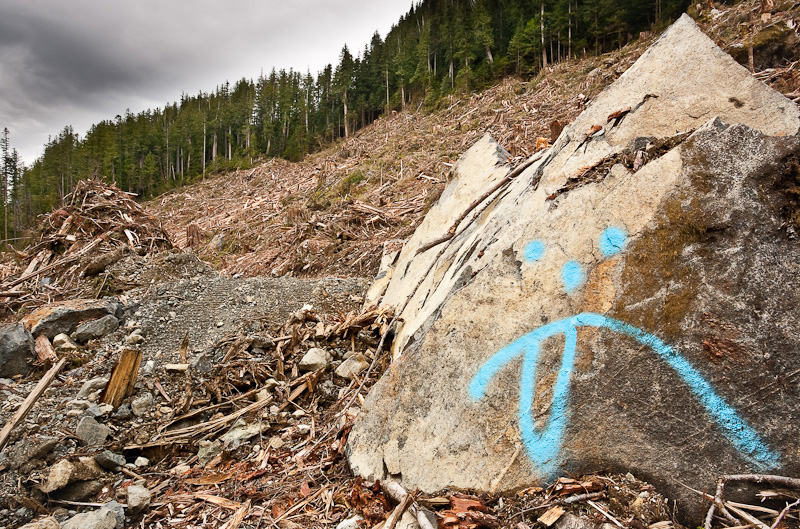
No Paradigm Shift in BC Government, But New Recognition of Public Mood for Protecting Avatar Grove and Expanding Old-Growth Protection
�Somehow a century of industrial logging has actually increased the amount of old-growth forests on Vancouver Island, according to the BC government. Maybe the Ancient Forest Alliance should take up logging to increase the amount of old-growth forests in BC!� joked Ken Wu, Ancient Forest Alliance (AFA) executive director.
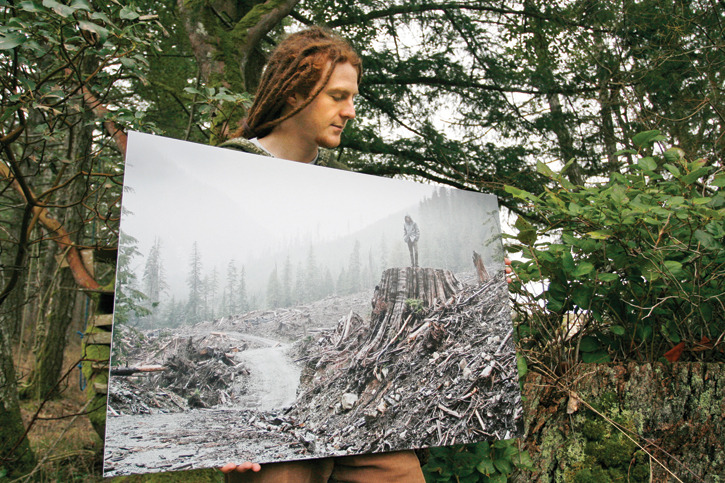
Metchosin photographer earns national recognition
Watt earned first place in Outdoor Photography Canada magazine’s “human impact on the environment” photo contest. The image is of a lone man standing on the stump of an ancient tree in the middle of a clear cut in Gordon River valley, near Port Renfrew.
Grove Saved?
“Certainly we have been hearing the message . . . that we should be considering some tools, perhaps new tools that we could use when particularly unique trees are identified. They may be individual trees or small areas like the Avatar Grove that provide incremental value over and above the timber resource value,” Bell told media.
